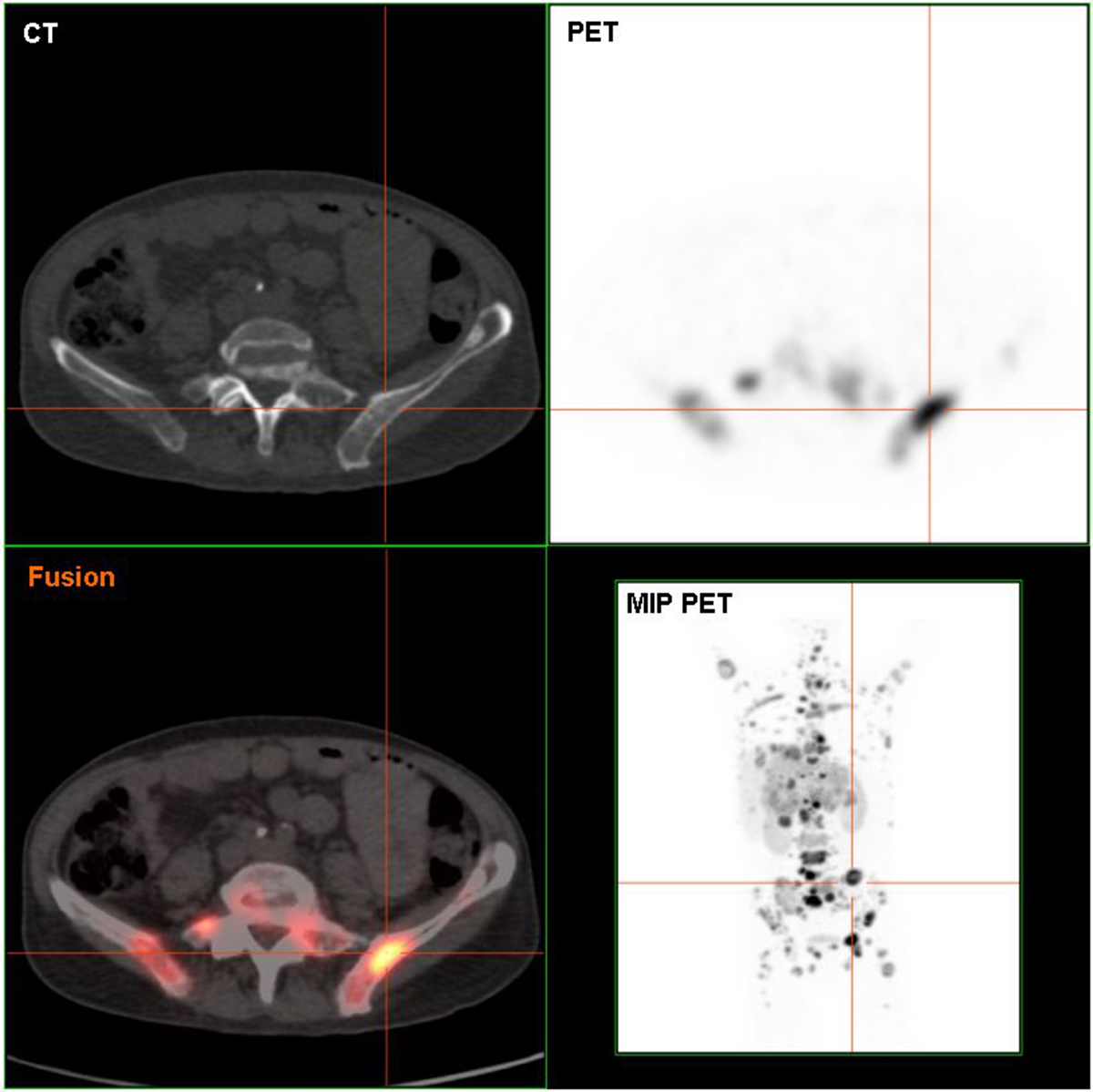
Granuloma annulare (GA) is a benign inflammation characterized by a clinical presentation of skin lesions.
In more simple terms, a granuloma is a small area of inflammation in tissue that is caused by injury or infection, most believe.
Even though it can occur at any age, it usually occurs in young children and people who are younger than 30.
It is very common in young females and there are twice as many females that are affected by GA compared to males that are affected.
In 70 percent of patients it occurs on the foot, while in 60 percent of cases, GA appears on the hands.
The lesions that result may go away spontaneously within three months or even over the course of many years, with the average time of remission being two years after the onset.
It is very common for the GA to reoccur, but newer lesions often resolve themselves sooner than the original ones.
Even though the cause of GA is still unknown, most medical professions believe that it is commonly associated with insect bites, sun exposure, viral infections, and diabetes.
Sometimes, antibiotics, anti-inflammatory agents and oral contraceptives can cause the lesions as well, though none of these causes have been confirmed medically or scientifically. There is also a possible genetic or hereditary component in the occurrence of GA.
The most common type is localized GA, which is what occurs in most young people who have it.
In this case, skin-colored papules appear. They can expand into larger lesions measuring up to 5 cm in diameter. The lesions most commonly appear on the hands and feet and also legs. More than half of patients have a single lesion, but more than one can also occur in the localized type of GA.
In most cases of GA, basic laboratory studies will be enough to diagnose it. Laboratory tests should be done to confirm that there are no other possible conditions and when the classical presentation of GA occurs with no other physical findings that are irregular besides the skin lesions, the patient can be sure that it is GA.
However, it is important to do a biopsy sometimes in order to make a positive diagnosis. There should be a biopsy performed on the lesion that will prevent any second guessing of the diagnosis and provide a specific treatment for the lesions.
Unless the condition worsens steadily over time, children usually have no need to get a biopsy done, but it is recommended for older people that suffer from GA.
For the treatment of most cases of GA, a topical corticosteroid is prescribed, which as the name shows, is a potent topical steroid that should be applied on the lesions.
Sometimes flurandrenolide adhesive tape is also used, which is a clear tape that has steroids impregnated into it that are released into the tissues once applied to the lesion.








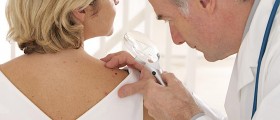

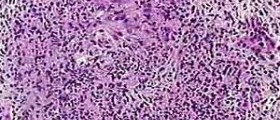



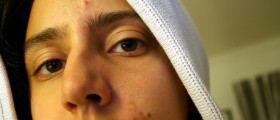

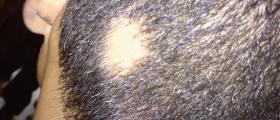
Your thoughts on this
Loading...